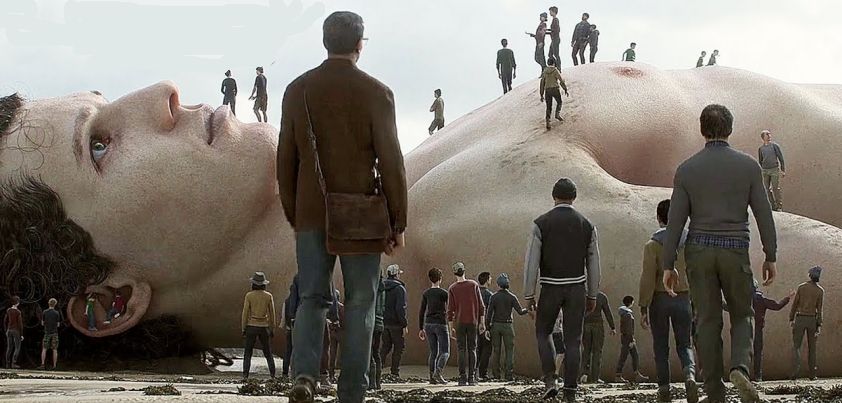 In this story by J. G. Ballard, the body of a giant man is dehumanized because of its otherworldly size. Left to rot on a beach, it first becomes a tourist attraction and later a source of exploitation as various body parts are taken for commercial purposes or as souvenirs. The narrator, who is clearly disturbed by the disrespectful way the body is treated, perceives it as having a transcendent, Homeric quality. This begs a fascinating question: What does it take to be considered human? Themes include humanity, identity, mortality, curiosity, fear (of a potentially superior race), fame, exploitation.
In this story by J. G. Ballard, the body of a giant man is dehumanized because of its otherworldly size. Left to rot on a beach, it first becomes a tourist attraction and later a source of exploitation as various body parts are taken for commercial purposes or as souvenirs. The narrator, who is clearly disturbed by the disrespectful way the body is treated, perceives it as having a transcendent, Homeric quality. This begs a fascinating question: What does it take to be considered human? Themes include humanity, identity, mortality, curiosity, fear (of a potentially superior race), fame, exploitation.
The Drowned Giant is often compared to the Gabriel Garcia Marquez story The Handsomest Drowned Man in the World. The big difference between the men’s bodies is one of scale. Both are handsome in local terms, but whereas the Marquez figure is given a name and buried with great dignity, the sheer size of Ballard’s figure results in it not being considered as human and treated more like a beached whale.